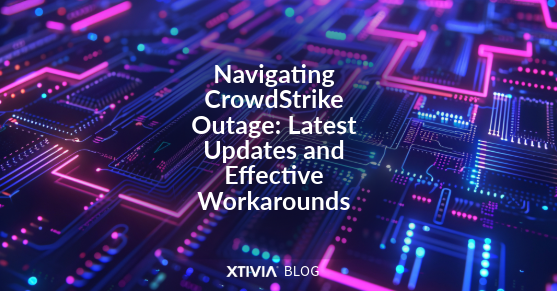
by XTIVIA | Jul 19, 2024 | Azure, Blog, Cloud, Microsoft
CrowdStrike recently experienced a significant outage affecting Windows hosts due to a defect in a single content update. This issue has impacted numerous environments, including Azure-related virtual machines and on-premises workstations. In this blog post,...
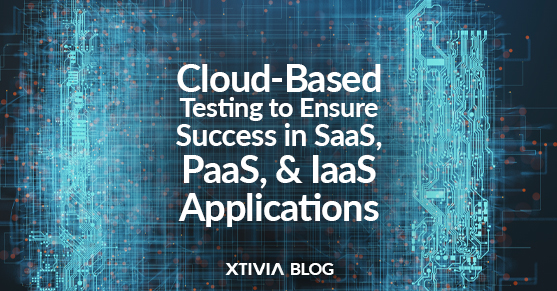
by Phani Krishna Pochiraju | Jan 18, 2024 | Blog, Cloud, Testing
Introduction Cloud-based testing, an integral component of contemporary software development, is at the forefront of the IT industry’s significant transformation. This transformation is primarily driven by the adoption of ‘Virtualization,’ a...

by Suresh Yarlagadda | Dec 28, 2023 | Blog, Cloud
Google Cloud Pub/Sub is a cloud-based messaging service that allows you to send and receive messages between independent applications distributed across the cloud and on-prem platforms. It is a fully managed real-time messaging service that facilitates application...

by Shane Schlabach | Dec 7, 2023 | AWS, Blog, Cloud
Session Manager is an AWS-managed service that provides users access to their instances without using a Bastion Host or opening inbound ports, such as 3389 for RDP & 22 for SSH. It can also offer access when an instance is unresponsive. There are a couple of...
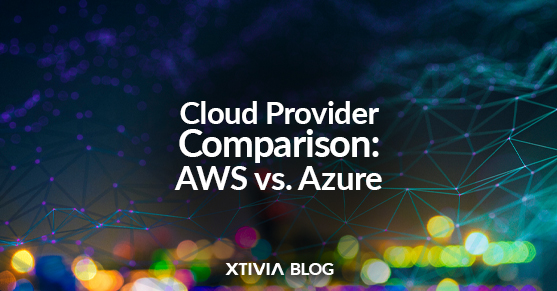
by Shane Schlabach | Nov 2, 2023 | Blog, Cloud
Choosing a cloud provider can be difficult, with several options, each offering a wide variety of services. The two leading providers are Amazon AWS and Microsoft Azure, which combine for over 50% of the cloud provider market share. There are several others, but here...

by Vivek Agarwal | Sep 26, 2023 | AWS, Blog, Cloud, Data Management
Navigating the world of data engineering tools can often be a complex undertaking. Deciding when to use one solution over another, such as Amazon EMR versus AWS Glue, often hinges on careful consideration and understanding of these services’ specific features...

by XTIVIA | Sep 19, 2023 | AWS, Blog, Cloud
In the ever-evolving world of cloud computing and big data handling, understanding all your tool options and their pros and cons is essential. Today, let’s uncover one such integral tool – AWS Glue – by addressing what it is, how it benefits data...
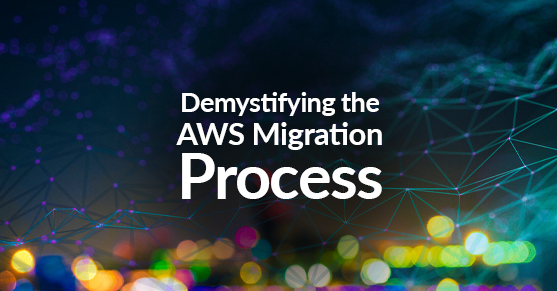
by XTIVIA | Jul 21, 2023 | AWS, Blog, Cloud
The shift towards cloud computing has become more than just a trend. It’s now a vital component of modern business strategies. Among various cloud platforms, Amazon Web Services (AWS) stands out as a top choice for businesses looking to migrate their operations...
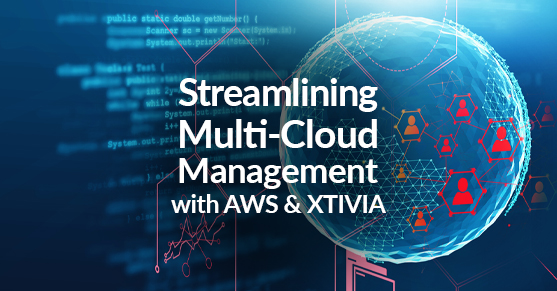
by XTIVIA | Jul 19, 2023 | AWS, Blog, Cloud
In our increasingly digital business landscape, organizations leverage services from multiple cloud providers to create a robust and versatile IT infrastructure. However, managing these diverse services efficiently presents its own set of complexities. Two powerhouses...
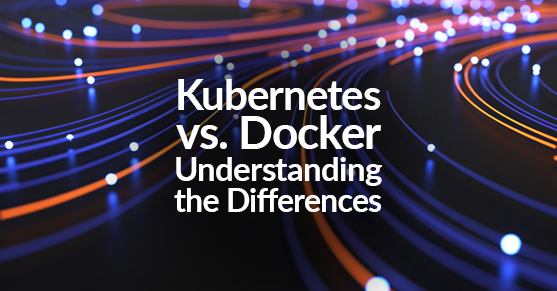
by XTIVIA | Jul 7, 2023 | Blog, Cloud
Kubernetes and Docker are two technologies that are often used together to deploy and manage containerized applications. However, they are not interchangeable, and each has unique features and capabilities. This blog will explore the differences between Kubernetes and...











